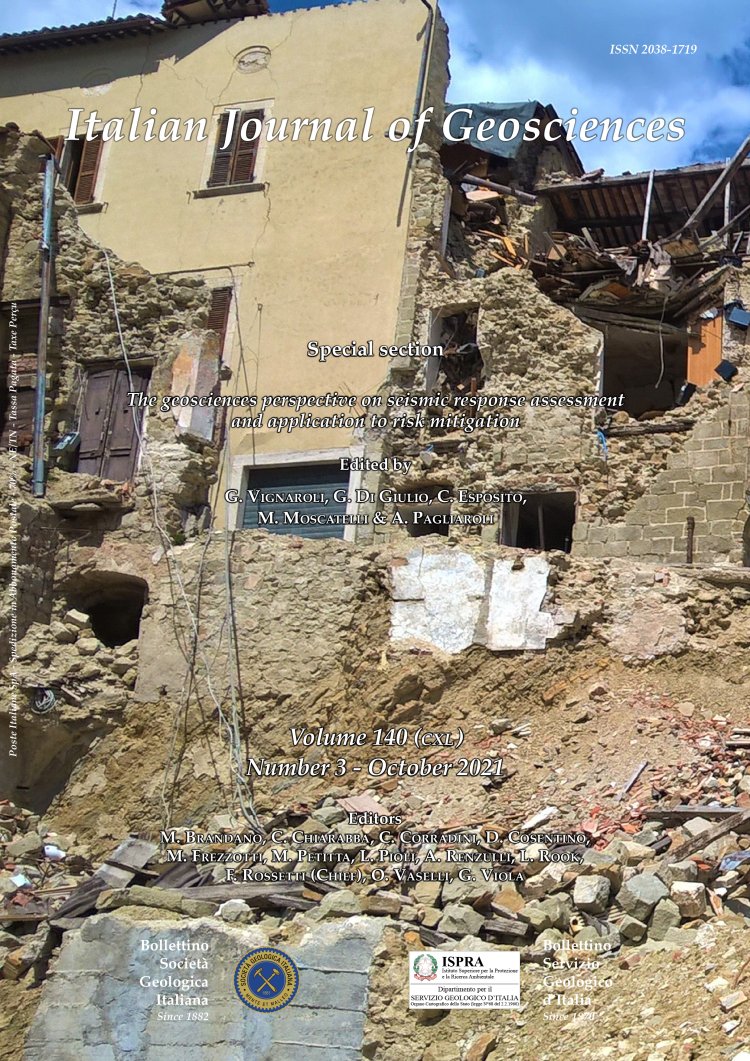
Photogrammetric Surveys and GIS application for Cultural Heritage conservation management: a case study from Catania's historical buildings
Antonio Stroscio (1), Germana Barone (1), Giorgio De Guidi (1), Maura Fugazzotto (1,2), Roberta Occhipinti (1), Francesco Carnemolla (1), Salvatore Marchese (1) & Paolo Mazzoleni (1)
(1) University of Catania, Department of Biological, Geological and Environmental Science, Catania, Italy.
(2) University of Catania, Department of Humanities, Catania, Italy.
Corresponding author e-mail: antonio.stroscio@phd.unict.it
Volume: 140 (2021) f.3
Pages: 464-476
Abstract
Recently, attention has been claimed to the conservation- restoration of Cultural Heritage. This paper is focused on the creation of thematic maps which incorporate attribute data from the building materials to the type of stone damage. This approach would be a contribution for monitoring the knowledge of stone deterioration and facilitating the information collection in the optic of the most appropriate sustainable monument preservation measures. For this purpose, in the framework of the Italian National Research Program “Advanced Green Materials for Cultural Heritage”, eight historical buildings located in the Catania city center (Sicily) have been selected and the geodatabase AGM (Advanced Green Materials) has been created to archive a lot of data obtained in this study. The final pilot system allows to: i) import and export different graphical and alphanumerical data more than one coordinate systems (cadastral data); ii) generate new thematic maps by querying on the database (map of alteration processes in relation to the type and exposure of the elevation); iii) relate to each other different physical or logical data (processes of natural and anthropogenic environmental pollution); iv) define, in a parametrical manner, queries and entities properties directly from the user interface (extract mathematical and analytical models of the interrogated processes). SfM (Structure from Motion) survey techniques and automatic digital photogrammetry systems have been used to measure the geometries of the architectural elements, and a database-GIS (Geographic Information System) has been planned in order to storage and process the associated attribute data of both building materials and decay forms.
The result was the development of a powerful tool for managing all the historical buildings information.
Keywords
Get Full Text Supplementary Material